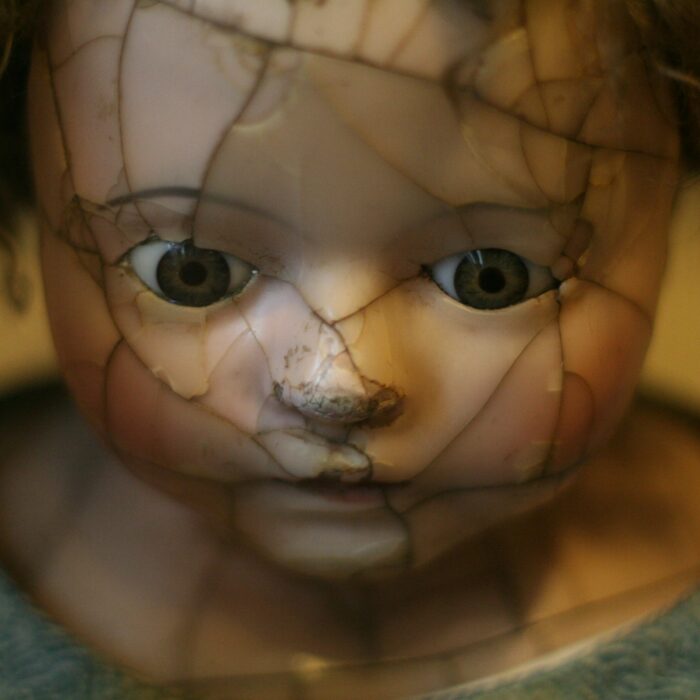You have no items in your cart. Want to get some nice things?
Go shoppingAs Borges lay dying his mind filled with images of lakes, of vast forests of spruce and pine, an enormous sky. He knew this was Finland, a country he had never visited, but which in these last years had been closer to his heart even than the streets of Buenos Aires in which he had grown up and about which he had written so much and so well. Lönnrot, he thought, and the figure of the poor tailor’s son who had risen to become the foremost collector of Finnish folk songs and tales, the Walter Scott, the Grimm Brothers, the Bartok of Karelia, passed before his mind’s eye, for it was in the pages of the Kalevala, that strange approximation to a national epic put together by Elias Lönnrot after years of wandering and collecting in the north-eastern region of his country, that he had encountered the landscape of Finland which had never afterwards left him and to which he returned again and again as he had once returned to the pampas and gauchos of his native land. He had been so taken by this strange man with his strange name that he had given it to the hero of one of the stories he felt proudest to have written, ‘Death and the Compass’.
[private]At a meeting in an unnamed city of the Third Talmudic Congress, one of the delegates is found murdered in his room at the Hôtel du Nord. The local police chief. Inspector Treviranus, is in no doubt as to the cause of death: ’No need to look for a three-legged cat here,’ he says to his friend and rival, the amateur detective Erik Lönnrot, scourge of the local gangsters. ‘We all know that the Tetrarch of Galilee owns the finest sapphires in the world. Someone, intending to steal them, must have broken in here by mistake. Yarmolinsky got up; the robber had to kill him.’ ‘Possible, but not interesting,’ responds Lönnrot. ‘You’ll reply that reality has not the least obligation to be interesting. And I’ll answer you that reality may avoid that obligation but that hypotheses may not. In the hypothesis you propose, chance intervenes copiously. Here we have a dead rabbi; I would prefer a purely rabbinical explanation, not the imaginary mischances of an imaginary robber.’ Lönnrot’s intuition seems to be borne out by the discovery, in the rabbi’s typewriter, of a piece of paper on which is written: ‘The first letter of the Name has been uttered.’ Lönnrot takes away with him the dead man’s mystical and cabbalistic texts, and gives an interview to a Yiddish journal in which he lays out his hypotheses. Exactly one month later a Jewish hoodlum is found murdered in the Western suburbs, and next to his body the message: ‘The second letter of the Name has been uttered.’ One month after that a man is abducted from a rooming-house in the East of the city where for the past week he has been holed up under an assumed name. Again the message is found: ‘The third letter of the Name has been uttered.’ Are we dealing here with a campaign to terrify the country’s Jews or with some internecine Jewish struggle? Lönnrot is in no doubt that a fourth murder will be committed, since the Name is obviously the tetragrammaton, YHWH, and he predicts the time and place. Armed with a map and compass he makes his way to a mysterious abandoned house, a veritable labyrinth of rooms, corridors and staircases in the Southern sector of the city. There he is apprehended by the master criminal, Red Scharlach, who explains to him how, in revenge for Lönnrot’s role in the incarceration of his brother, he has set about entrapping him. The first crime was indeed an accident, as Inspector Treviranus had suggested: one of Scharlach’s men. David Simon Avezedo, having decided to double-cross the organisation and steal the jewels of the Tetrarch himself, and having blundered into the wrong room, was surprised by the rabbi, who had stayed up late to type out his notes for an essay he was writing on the names of God. He had no option but to kill him. Scharlach, learning through the papers of Lönnrot’s subtle hypothesis, and of the note found in the typewriter, decided it would be both poetic and expedient to kill two birds with one stone, He had the traitor murdered and clues left to led Lönnrot to the conclusion he wished him to arrive at; then he disguised himself and holed up in the rooming-house, from which he had his men ‘abduct’ him. ‘I interspersed repeated signs that would lead you, Lönnrot, the reasoner, to understand that the series was quadruple… I have premeditated everything, Erik Lönnrot, in order to attract you to the solitude of Triste-le-Roy.’ Then, taking careful aim, he fires the bullet which kills the sleuth.
What has all this to do with Finland and the Kalevala? What has Lönnrot the detective to do with Lönnrot the collector of folk songs? Everything and nothing, thought Borges as he lay dying. Everything because nothing. He had always understood that he could not and should not try to speak the skies and streams, the lakes and forests of the world. He had always sensed that, because description is always lame, writing must take another direction if it is not to bore the writer and the reader. The rules of realism are too lax to be a challenge to the true writer, he had always felt, for it does not take much to imitate chance and of what possible interest could anyone find the series of coincidences which form the building blocks of most novels? On the other hand ‘the interesting’, while it is the stuff of true art, becomes, in the real world, not only dangerous but absolutely inimical to life. For it seeks to turn life itself, in all its glorious randomness, into pattern and meaning, and that way lies madness, and not only madness, if the history of the twentieth century is anything to go by, but unspeakable disaster. For what else lay behind the monomaniacal actions of Hitler and Stalin but the desire to turn the contingent into the necessary, to force the world to conform to their imaginations? That is why, at the end of his favourite story, the hero, to escape the seductive power of the imaginary which is slowly taking over the world, retires to a quiet hotel in Adrogué to pursue the mundane but exacting task of translating Sir Thomas Browne’s Urne Burial into Quevedan Spanish. Let the artist, he thought, not try to take the place of God, for that is the ambition of madmen and power-crazy tyrants, but instead know precisely what his place is, and, from that place seek to convey to the reader a sense of all that lies beyond the realm of art, a sense of the unspeakable fields and lakes and clouds, of the unspeakable wonder of our common world. He thought: the two Lönnrots, the real one and the fictive one, are the secrets of my life and work. I have been the second Lönnrot, the detective, the creator of labyrinths, who has to die in order for the other Lönnrot to live, the one I should have liked to be, a collector if not a singer of songs. And in my best work, he thought, the work by which I will live on, as Elias Lönnrot lives on in the pages of the Kalevala, I have perhaps managed to make the relation between them manifest.
And with that thought he died.[/private]
Gabriel Josipovici was born in Nice in 1940 and has lived in England since 1956. He is the author of fourteen novels, three collections of short stories, six critical books and of a dozen plays for stage and radio. His most recent book is Two Novels: After & Making Mistakes (Carcanet).
Carcanet will be publishing a volume of new and selected stories, Heart’s Wings, in 2010.





